The 1971 Ford Maverick Grabber was an attempt by Ford to inject a dose of excitement into the compact car segment. While it may not have been a performance powerhouse, the Grabber was all about style and attitude. Let’s explore how this model tried to make a statement through its bold design choices.
Bold Color Options

One of the first things that stood out about the 1971 Ford Maverick Grabber was its bold color palette. Ford offered a range of eye-catching hues to ensure the Grabber turned heads wherever it went. These vibrant colors included shades like Bright Lime, Grabber Blue, and Competition Orange, which were all about making a visual impact.
These bold color choices were part of the Grabber’s strategy to attract younger buyers who were looking for something more exciting than the standard family sedan. By offering such striking options, Ford positioned the Maverick Grabber as a car that stood out in the crowd.
Distinctive Hood Scoop

The hood scoop on the 1971 Ford Maverick Grabber was more than just a design element; it was a statement. While it didn’t serve a functional purpose like feeding air to a powerful engine, it certainly added to the car’s sporty appearance. The hood scoop was a nod to the muscle car era, suggesting performance even if the underlying mechanics didn’t quite match up.
This design choice connected the Grabber to the muscle car culture that was so popular during this period. The hood scoop was an essential feature for those who wanted their car to convey a sense of speed and power, even when parked.
Racing Stripes

Racing stripes have long been associated with speed and performance, and the Maverick Grabber was no exception. The Grabber featured bold stripes that ran the length of the car, accentuating its lines and giving it a racier look. These stripes were available in contrasting colors, creating a striking visual effect.
The stripes were a direct reference to the racing world, offering a taste of the track to the everyday driver. For many, these stripes were a key component in the car’s appeal, serving as a constant reminder of the thrill of racing.
Sporty Vinyl Roof

The addition of a sporty vinyl roof was another way the 1971 Maverick Grabber differentiated itself from the standard Maverick models. This feature added a touch of elegance and sophistication to the car’s exterior, contrasting with the otherwise bold and brash design elements.
The vinyl roof was a popular styling choice during this era, lending an air of luxury to the Grabber. It was a practical yet stylish option that helped complete the car’s sporty image, making it more appealing to a broad audience.
Unique Grille Design

The grille of the 1971 Maverick Grabber was distinctive and set the car apart from its competitors. Featuring a unique pattern, the grille added to the car’s aggressive stance and complemented other sporty elements. It was a crucial part of the vehicle’s front-end styling, creating a cohesive look.
This design choice showcased Ford’s attention to detail and commitment to creating a car that looked fast even when it wasn’t. The grille contributed to the overall aesthetic, ensuring the Grabber made a lasting impression.
Mag-Style Wheels
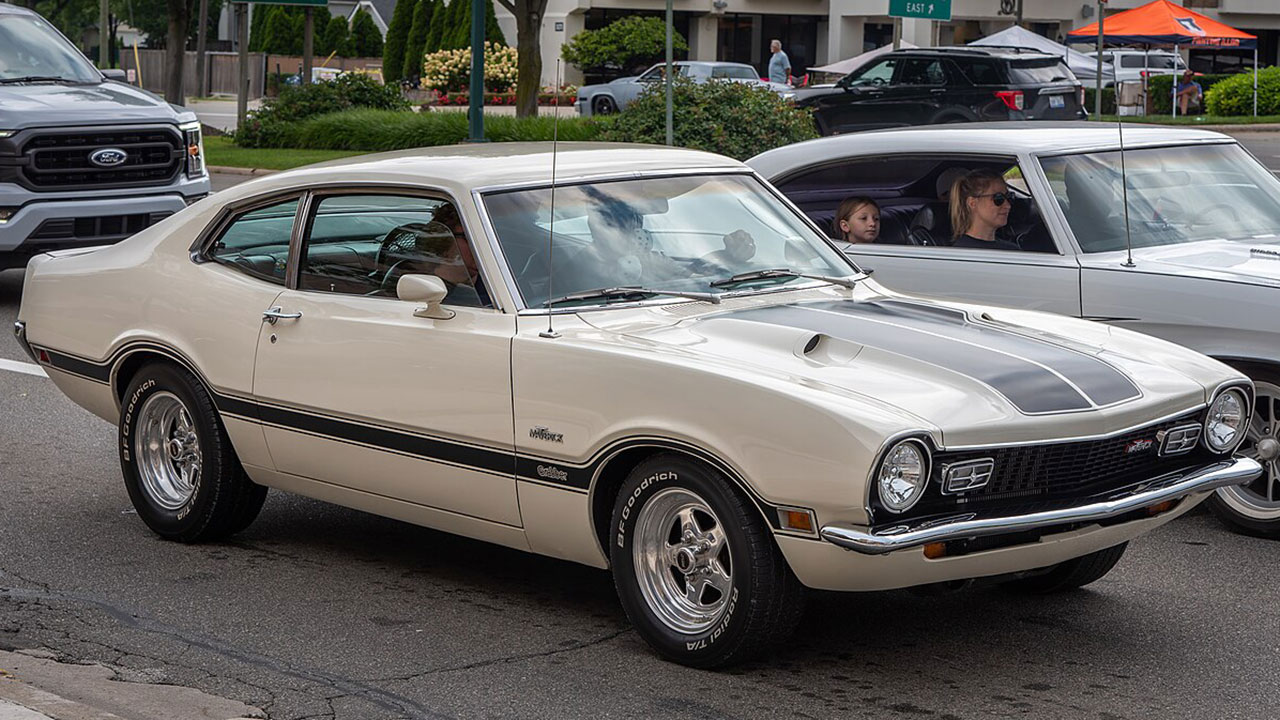
The mag-style wheels were another element of the Grabber’s attempt to emulate the muscle cars of the era. These wheels provided a sporty look and were designed to draw attention. The wheels were not just about aesthetics; they also offered improved handling and stability.
By incorporating mag-style wheels, Ford was tapping into the desires of car enthusiasts who wanted both style and performance. The choice of wheels was critical in cementing the Grabber’s status as a sporty, desirable model.
Grabber Badging

The Grabber badging was a simple yet effective way to distinguish this model from the standard Maverick. These badges were prominently displayed on the car, serving as a constant reminder of its unique identity. This branding was crucial in building the Grabber’s reputation as a sporty, special edition vehicle.
For many owners, the Grabber badging was a source of pride, signaling that their car was part of a select group. These badges were more than just decoration; they were a mark of the car’s sporty aspirations.
Performance-Inspired Interior

Inside the Maverick Grabber, the performance-inspired interior added to the overall sporty feel. The seats featured unique upholstery patterns and designs that were meant to evoke the look and feel of a race car cockpit. This design choice was integral to creating a cohesive theme throughout the vehicle.
While the interiors were not luxurious by any means, they were designed to be practical and stylish. The performance-inspired interior played a vital role in the car’s appeal, making it a more attractive option for those who wanted a sporty yet affordable vehicle.
Like Fast Lane Only’s content? Be sure to follow us.
Here’s more from us:
*Created with AI assistance and editor review.


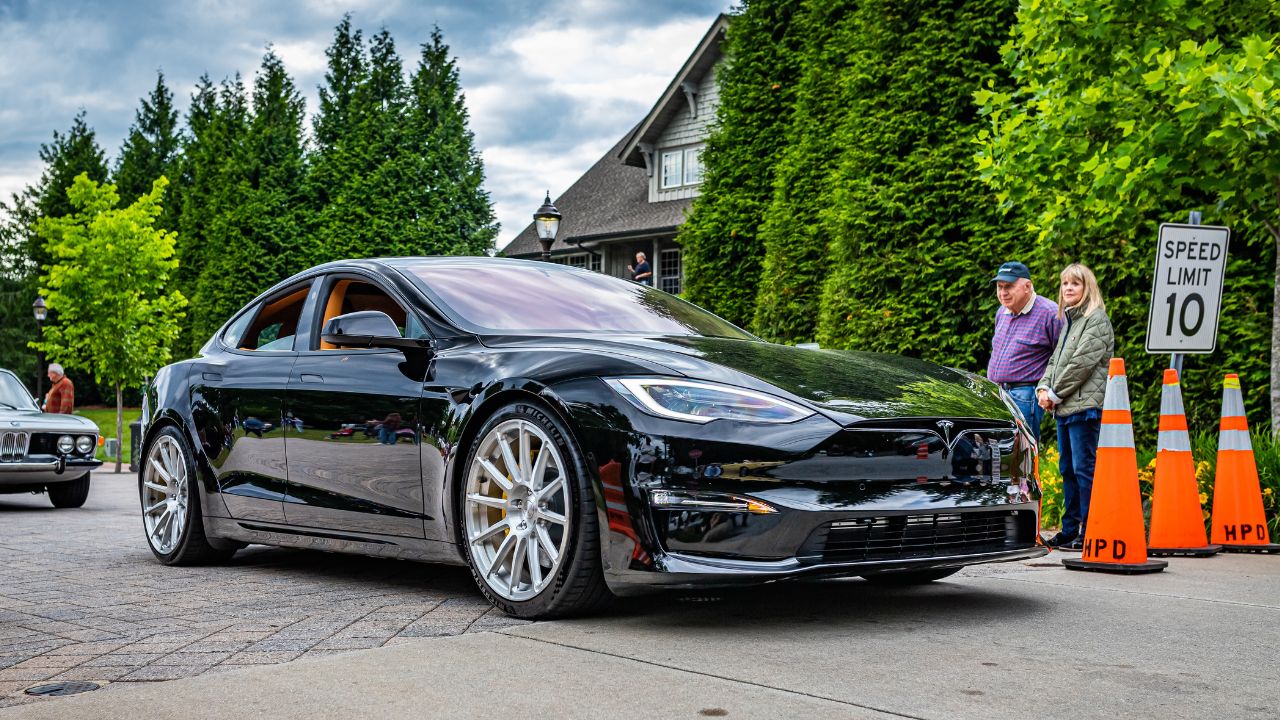
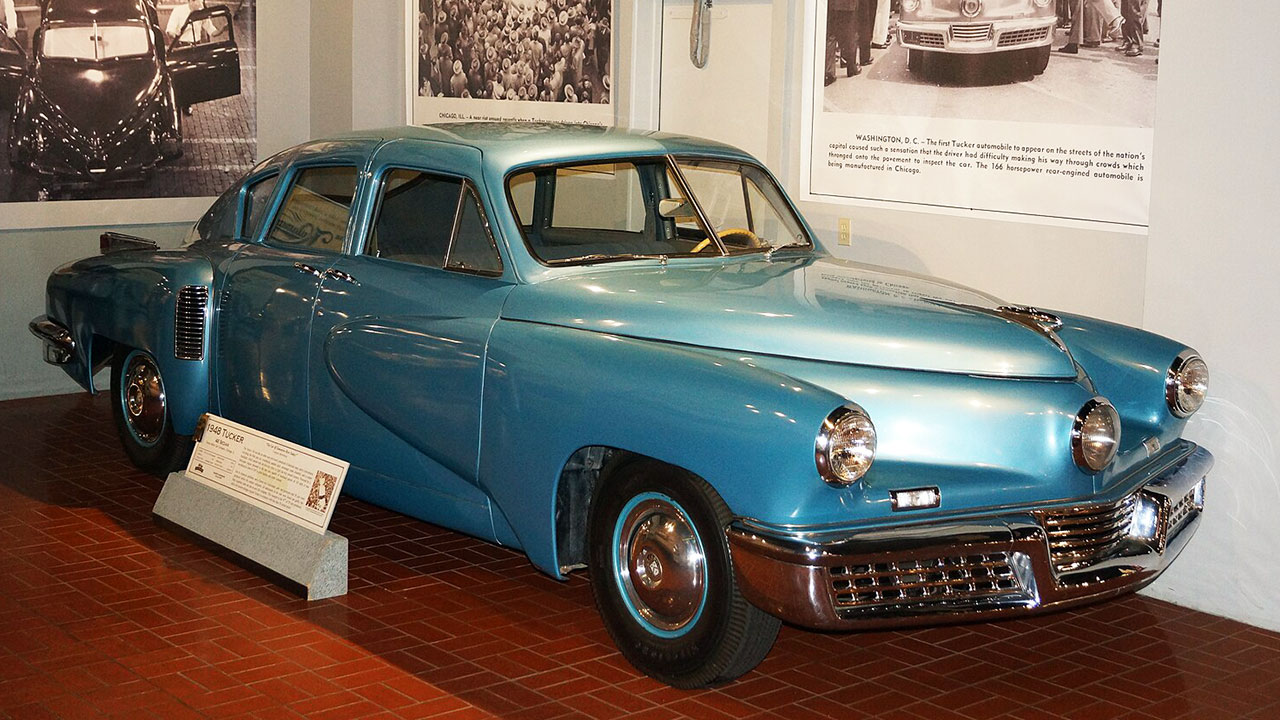

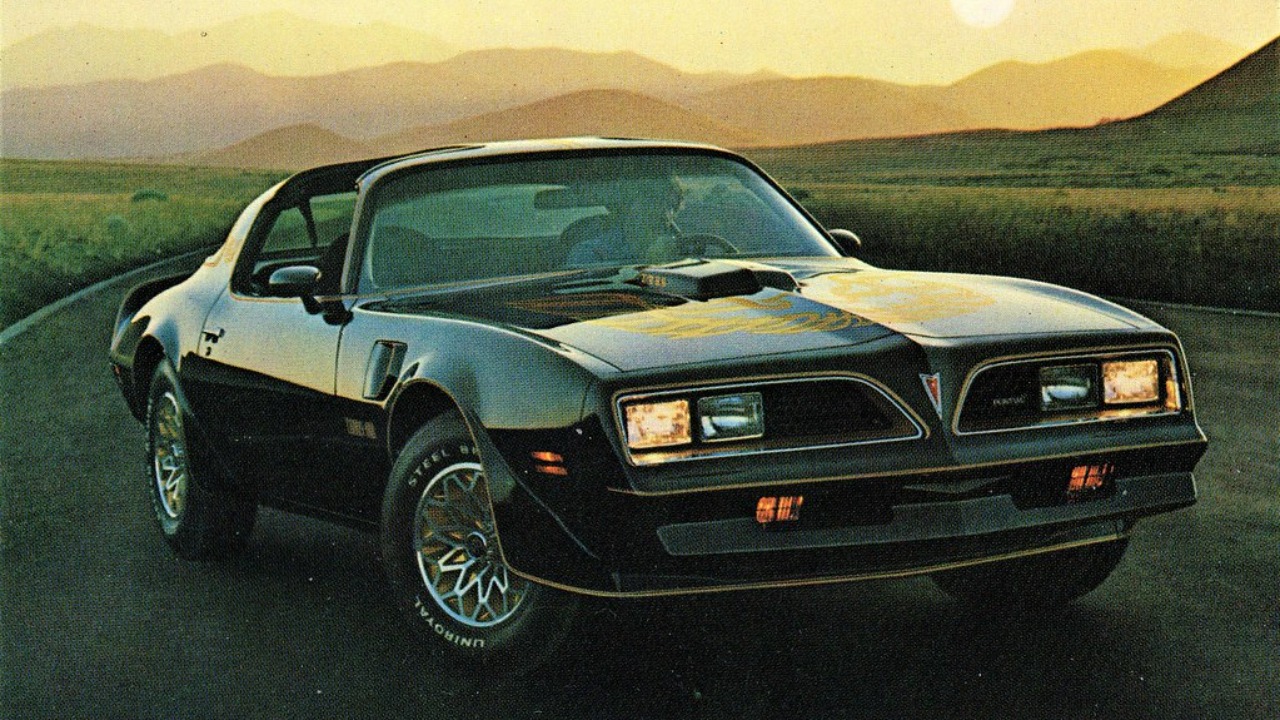
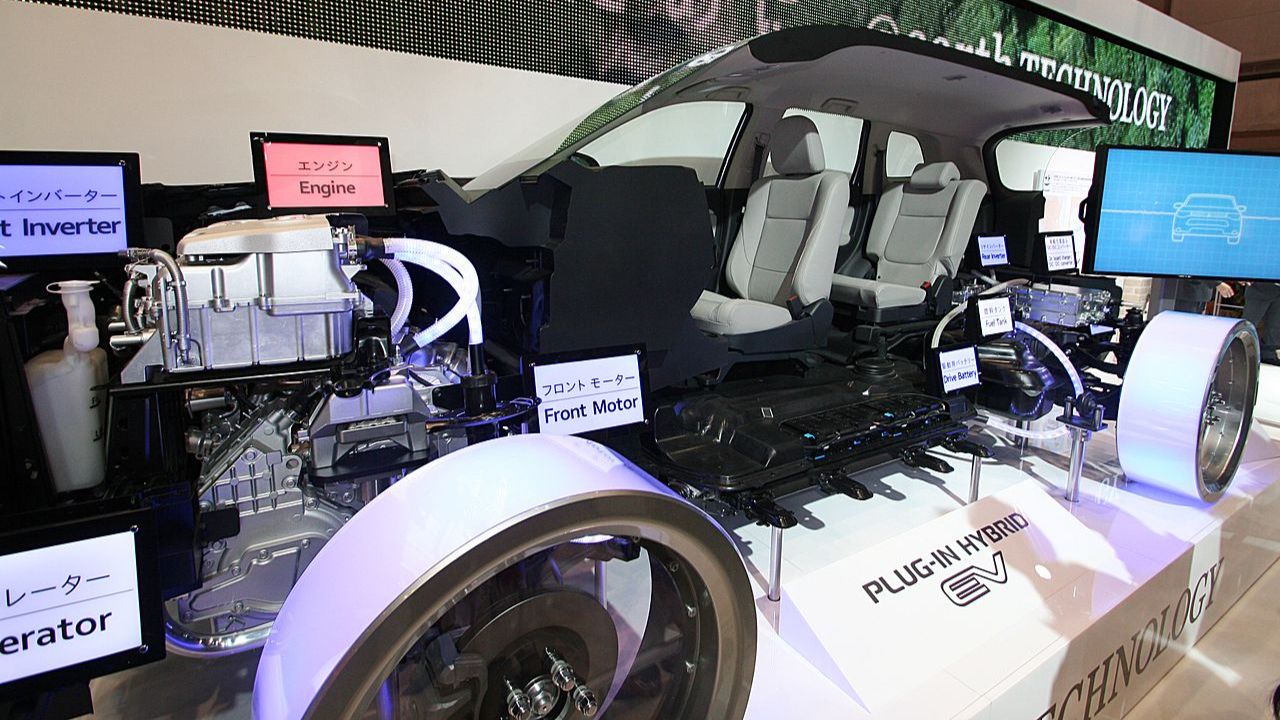
Leave a Reply